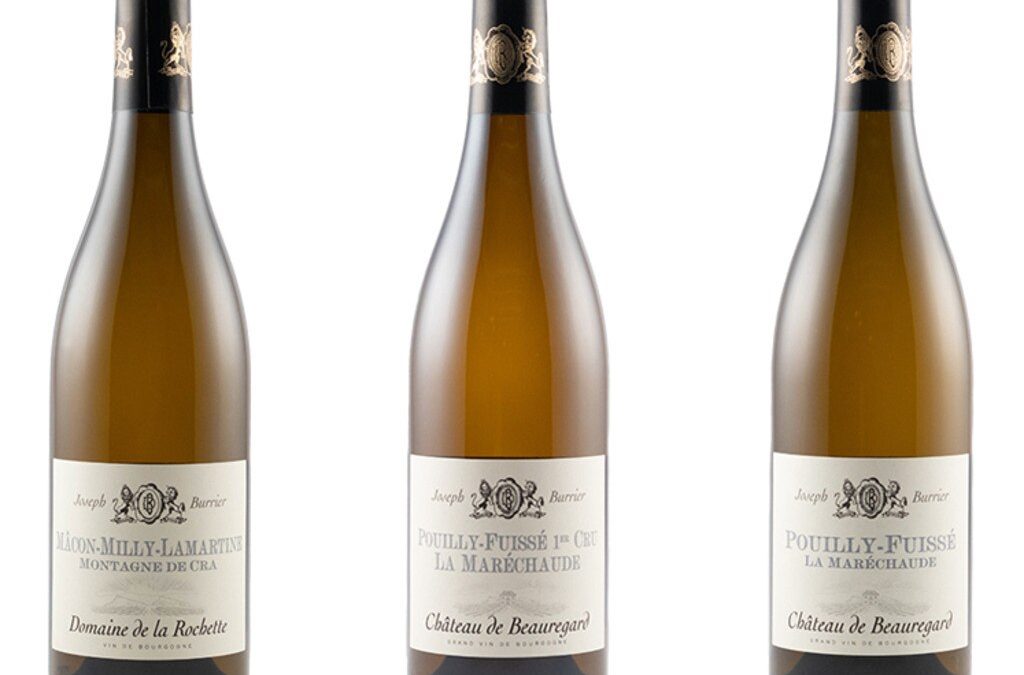When I first became involved in Burgundy in 1981, and undertook my first vintage in 1983 with Domaine Dujac, I was firmly of the view that Burgundy’s lesser chardonnays were to be ignored (on the basis of the ‘life’s too short’ aphorism). The vast majority were wretched things, either bombed with lethal amounts of sulphur dioxide, green and bitter, or discoloured, flat and oxidised with no effective SO2.
The globalisation of wine knowledge, and the glory of the great wines of Burgundy, has changed the landscape forever. The only limitation comes from the sale of production of all but a handful of big producers, size inverse to quality. Overall, there are 27,700ha, 100 appellations, and 1300 domaines. By comparison, Bordeaux boasts 120,215ha, 57 appellations and 10,000 producers. Burgundy takes in Chablis, far to the north-east of the city of Dijon, at the northern end of the Côte de Nuits (home of the great red Burgundies). The route south covers Côte de Beaune, then Côte Chalonnaise, and Mâconnais, brought to a finish by Lyon, but not before squeezing in Pouilly-Fuissé, as far south as Chablis is north.
The three wines profiled this week come from this outpost. The map of Pouilly-Fuissé in of Hugh Johnson’s World Atlas of Wine makes the extremely complex geography easy to understand. Its detail is such that it shows the location of Joseph Burrier’s cellar among dozens cheek by jowl. The Burrier family has had vineyards in the area since the 15th century, and owned Château de Beauregard for five generations. Today Frédéric-Marc Burrier is the winemaker, guiding the move to organic status.
Jasper Morris is the English MW whose 654-page book Inside Burgundy (published 2010) brings the richer style of the wines of Pouilly-Fuissé into focus. Australian makers of chardonnay shrink from extractive characters, but Burrier chases them, making wines that have more glycerol (with balanced acidity) and more savoury elements than most. For more go to www.randalls.net.au
2021 Joseph Burrier Domaine de la Rochette Mâcon-Milly-Lamartine Montagne de Cra
A standout at its price, with its lively, mouth-watering mix of citrus, green apple and mineral flavours that can be sure to add emphasis with time, but doesn’t need cellaring per se. From a tiny appellation seldom seen outside France.
94 pts; drink to 2027; 12.5% alc; Diam; $49
2020 Joseph Burrier Château de Beauregard Pouilly-Fuissé 1er Cru La Maréchaude
An appealing bouquet with honey and toasted cashew that opens the door to a bracing, multi-faceted palate of considerable length, with Meyer lemon, pith and zesty acidity. Its overall balance augurs well for those with 10 years’ patience. A wine of class.
95 pts; drink to 2035; 13.5% alc; Diam; $172
2017 Joseph Burrier Château de Beauregard Pouilly-Fuissé La Maréchaude
The bouquet is multi-faceted, and it leaps the moment the wine enters the mouth; delicious white grapefruit cut balanced by a complex touch of 25% new barrel maturation. It is tautly structured and is as fresh as a spring day.
95 pts; drink to 2030; 13.5% alc; Diam; $130


